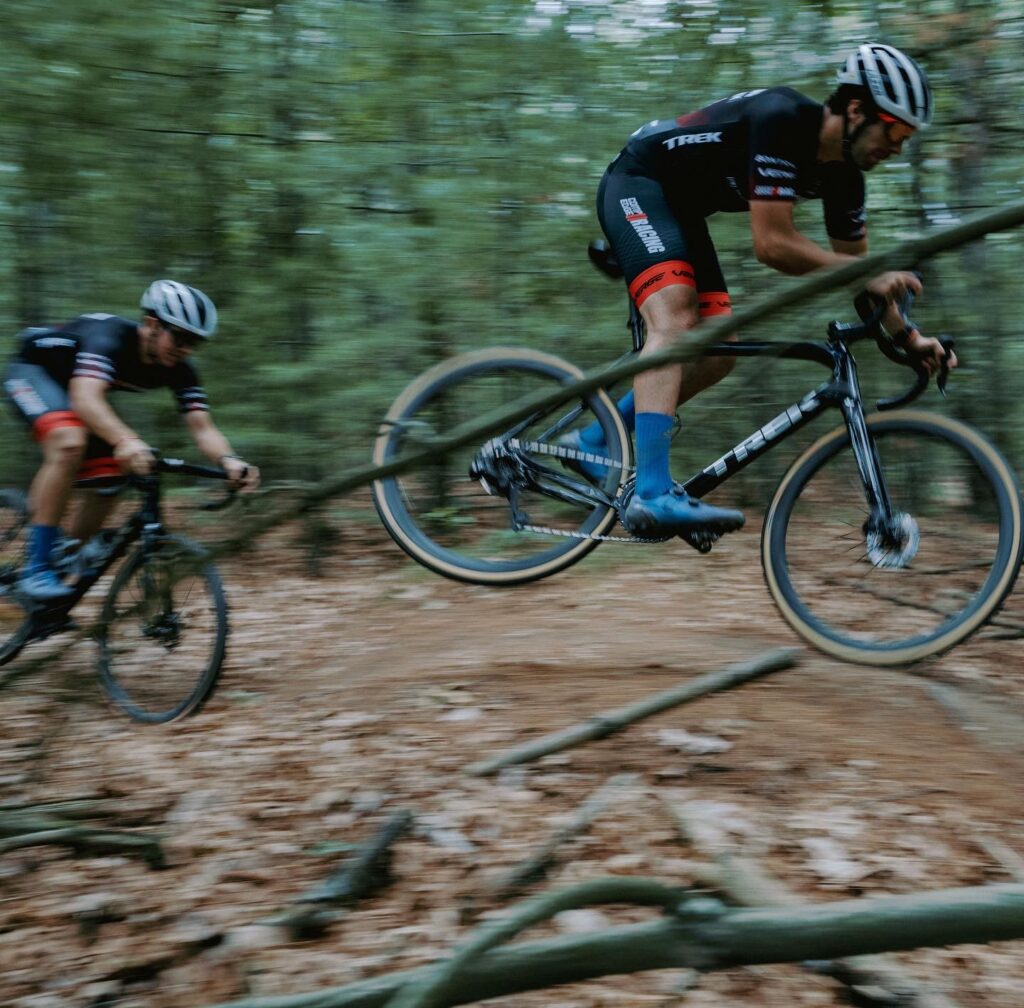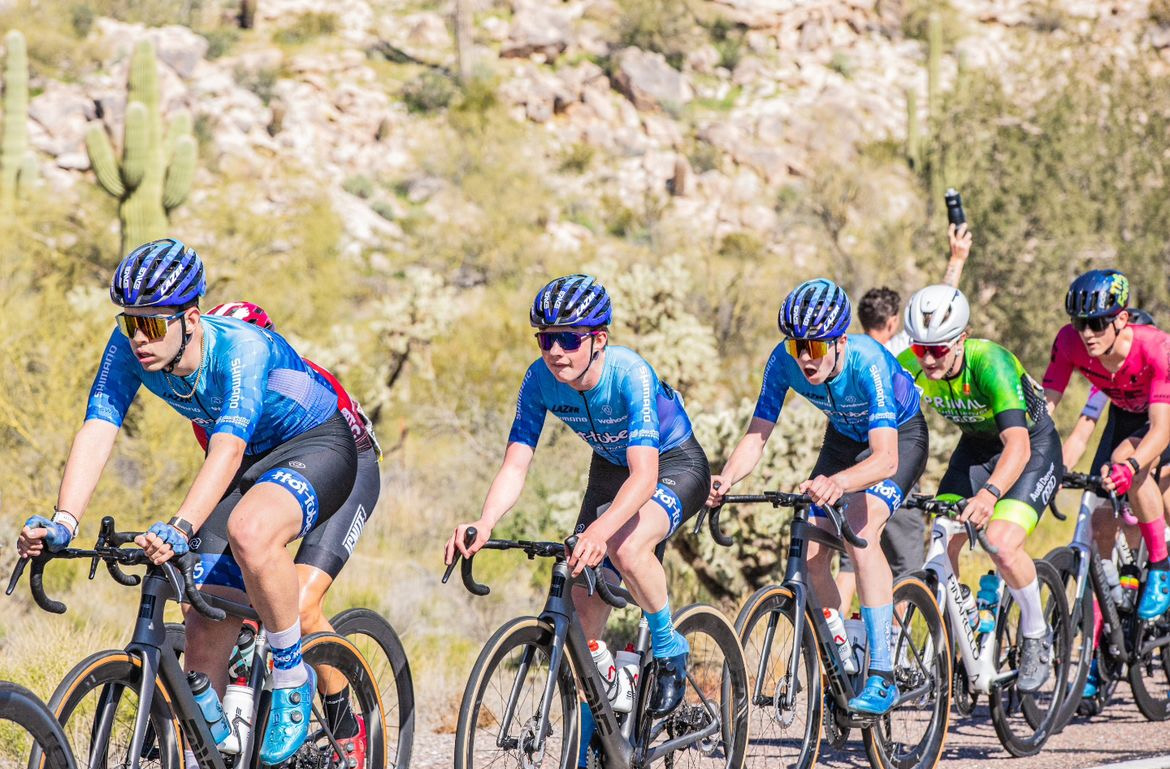Efficiently Prepare for Cross Season: Gain Free Speed Without Sacrificing Fitness
Cross season is quickly approaching, and while your bike may resemble a road bike, the skills required for Cyclocross are quite different. These skills need to be so ingrained that, even when you’re redlining after a run-up, you can still clip in quickly and tackle that downhill off-camber descent with confidence. Below are some practical drills you can incorporate into your training to sharpen your cross skills without adding extra stress to your routine.
Figure 8’s: If you struggle with cornering, practicing figure 8’s is an excellent way to improve. Set up two water bottles and ride figure 8’s around them. Vary the distance between the bottles to change your turn shape, starting with them far apart and gradually moving them closer before spacing them out again. If you have a training partner, ask them to move the bottles while you ride to simulate unpredictable course conditions. This drill is particularly useful for courses with a mix of short and long turns in quick succession.
Dismounts: A common mistake during dismounts is keeping both hands on the bars. Instead, try dismounting with one hand on the bars and the other on the top tube. This technique allows for a quicker dismount, conserving energy that can be better used for tackling steep climbs or sprinting to the finish. To practice, find a gentle downhill or coast on flat terrain. Swing your leg over the saddle, resting it on your hip, and then take your outside hand off the bar to grab the top tube. Practice riding like this until it feels natural, ensuring your bike remains stable with three contact points before unclipping.

Remounts: Remounts can feel intimidating, often leading to the dreaded “stutter step.” However, a successful remount is more about technique than a leap of faith. Instead of jumping onto the saddle, swing your leg over and catch the saddle with your inner thigh, using your adductor muscles to pull yourself onto the saddle. To eliminate the stutter step, slow down the process, practicing at walking speed. Count your steps—“1, 2, 3, swing the leg over”—and maintain fluid motion without pausing.
Training Off-road: Training off-road is essential for Cyclocross success, but it requires a different approach than road or mountain biking. While precise intervals are best done on the road, off-road training should focus on heart rate and perceived exertion (RPE) rather than power, as power readings will vary widely. Recording power data is useful for analyzing race demands, but during workouts, rely on heart rate and RPE. Additionally, the best way to practice cross skills is by getting on a race course—training races provide an excellent opportunity to gain experience in a low-pressure environment.
Good luck to everyone racing Cyclocross this season! If you’re interested in learning more or want to schedule a coaching session with Nick, contact him below!





